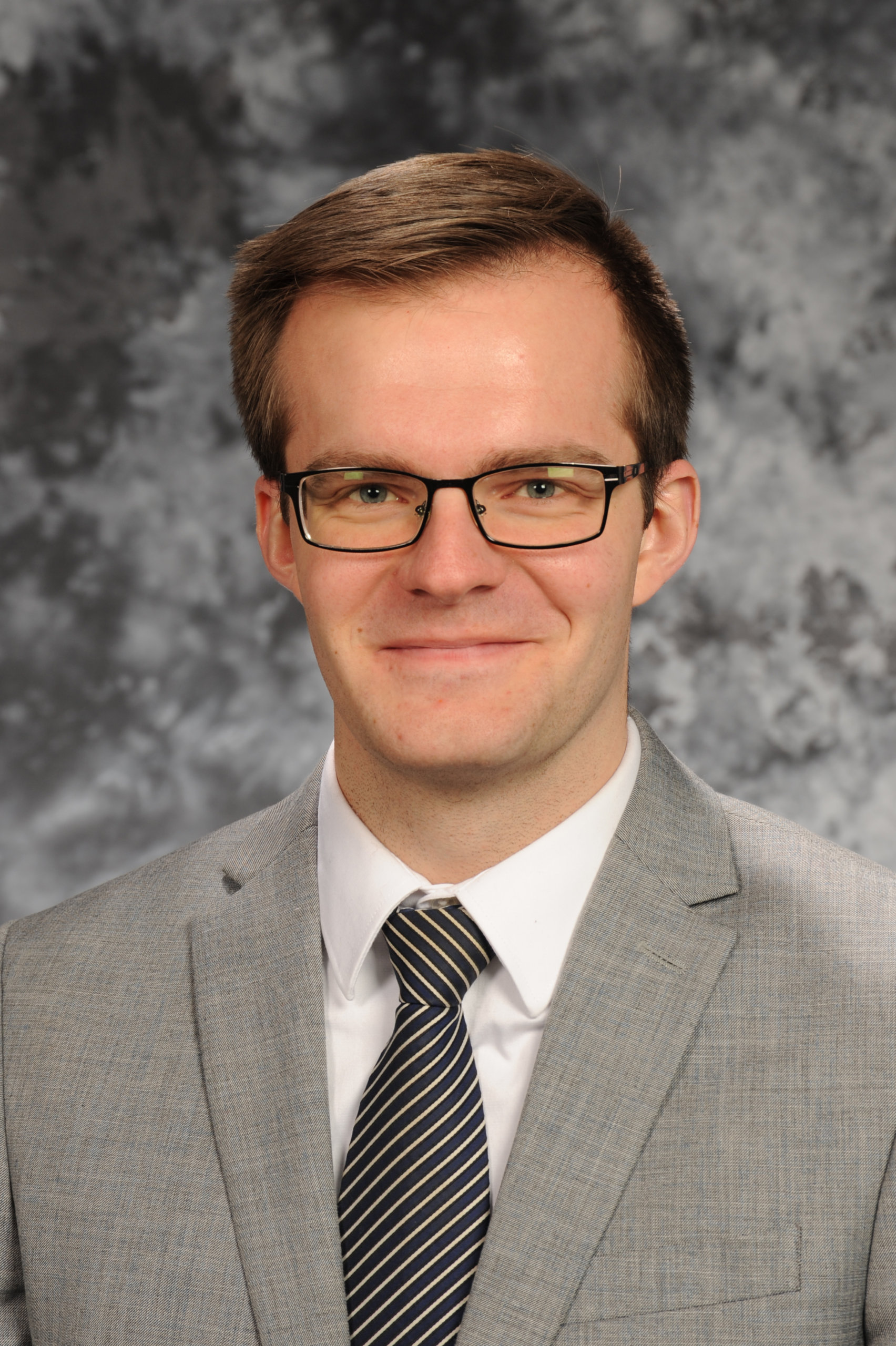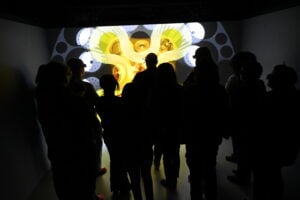Applied Visualization Laboratory
The Applied Visualization Laboratory contains several 3D immersive environments for scientists and engineers to walk into their data, examine it, and provide deep analysis in pursuit of their research.
As mixed, virtual, and augmented reality technology evolves, the opportunities for portable, in-depth analysis of complex data sets increases. Augmented reality solutions are envisioned to allow researchers to have CAVE-like experiences anywhere. Web-based 3-D geographic information systems, mobile applications (for both phone and tablet) and serious games (games built for training or educational purposes) allow users to conduct research at their desks or in the field, enabling discovery outside the lab. Virtual reality exploration systems offer the ability to create visualizations of large data sets that can be projected and run in real-time simulations. Using six-degrees-of-freedom input devices — which allow a body to move forward and backward, up and down, left to right — and stereoscopic output, they offer the benefits of more realistic interaction.
The Center for Advanced Energy Studies (CAES) opened its first Cave Automatic Virtual Environment (CAVE) in 2010. With the new CAVE installed in 2017, CAES’s Applied Visualization Laboratory is even better equipped to provide researchers from universities, industry and government agencies with a user facility where they can visualize and address scientific and technical challenges.
“both large immersive display systems and virtual reality headsets have their own unique strengths and limitations, and it is likely that they will continue to be used in parallel to meet the needs of different groups of users and applications.”
Immersive Visualization Lab at Idaho National Laboratory by Rajiv Khadka, John A Koudelka
- All
- CAES Leadership
- CAES Fellows
- CAES Staff
- INL Staff
- BSU Staff
- ISU Staff
- UI Staff
John Koudelka
Applied Visualization Laboratory & Data Science Lead
CAES Office: (208) 526-8591
Working Group: Computing, Data, and Visualization
Affiliated with: Idaho National Laboratory
Shane Grover
Hardware Engineer and Data Analyst
Affiliated with: Idaho National Laboratory
Dr. Rajiv Khadka
Visualization Researcher
Affiliated with: Idaho National Laboratory
Shad Staples
AI Data Analytics and Visualization Department Manager
Affiliated with: Idaho National Laboratory
Nathan Woods
Visualization Research
Working Group: Computing, Data, and Visualization
Affiliated with: Idaho National Laboratory
Xingyue Yang
Visualization Researcher
Affiliated with: Idaho National Laboratory
Porter Zohner
Data Analytics and Visualization Professional
Affiliated with: Idaho National Laboratory
News
Advanced Visualization Lab Publishes 15-Year Study
Researchers in the CAES Applied Visualization Lab (AVL) recently published a study sharing experiences and lessons learned during the lab’s 15 years in operation. Inside the lab, you’ll find the...
Read MoreAdvanced computing conference features CAES Applied Visualization Laboratory crew
The Rocky Mountain Advanced Computing Consortium (RMACC) is hosting a conference later this week featuring workshops run by Applied Visualization Laboratory (AVL) Lead John Koudelka and AVL researchers Xingyue Yang...
Read More












